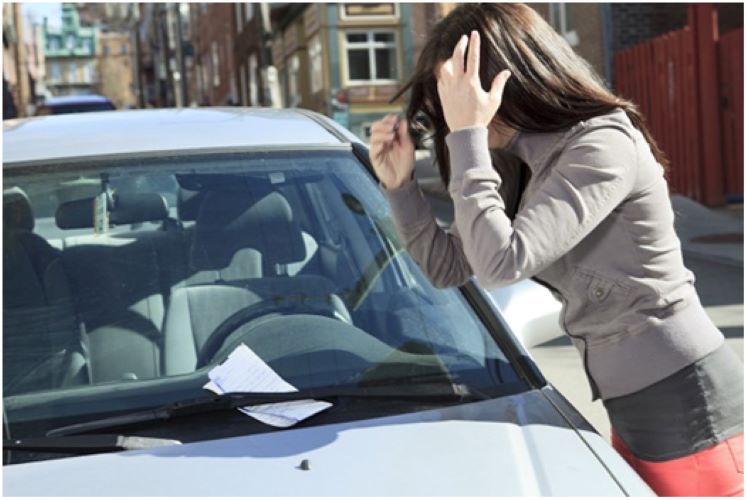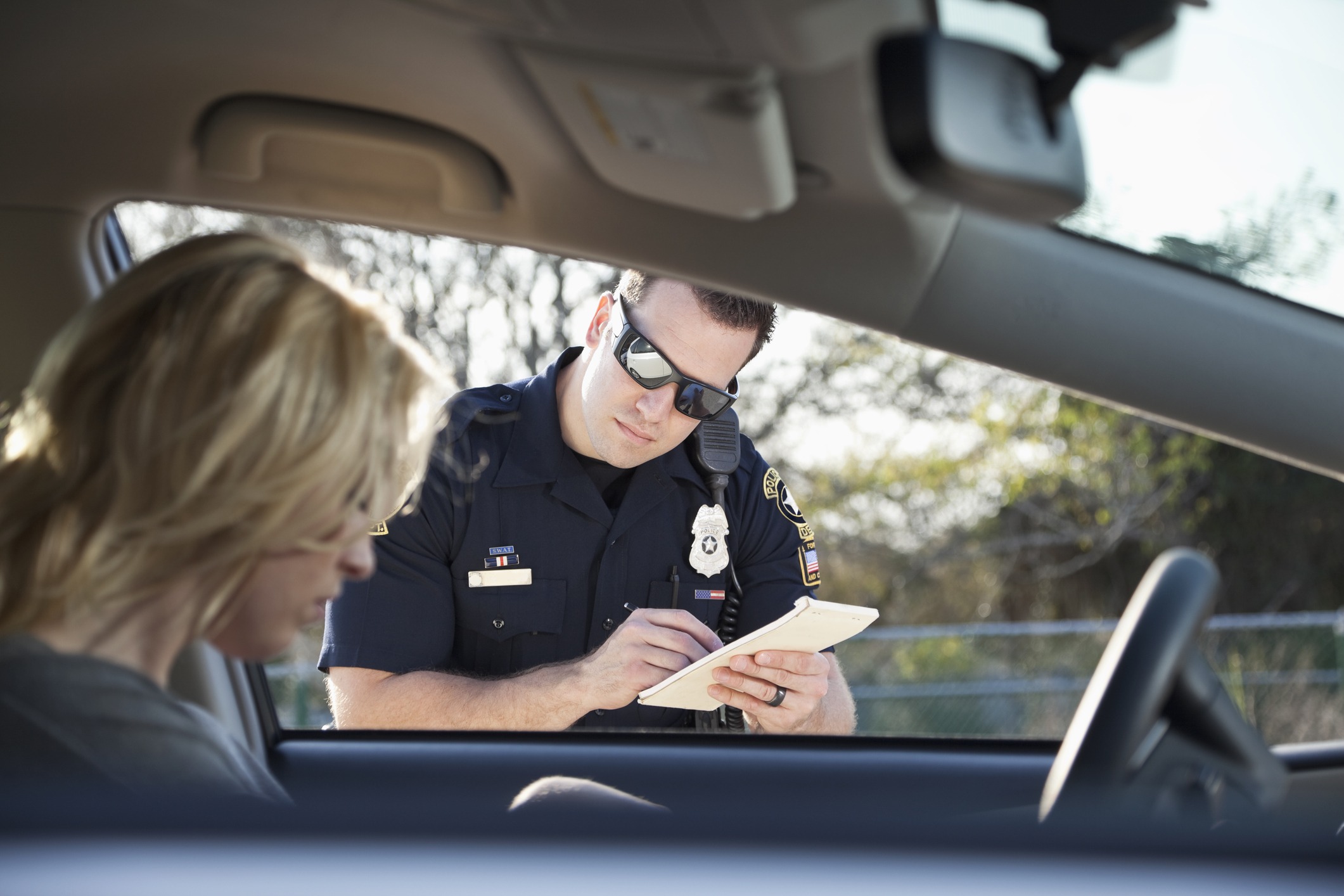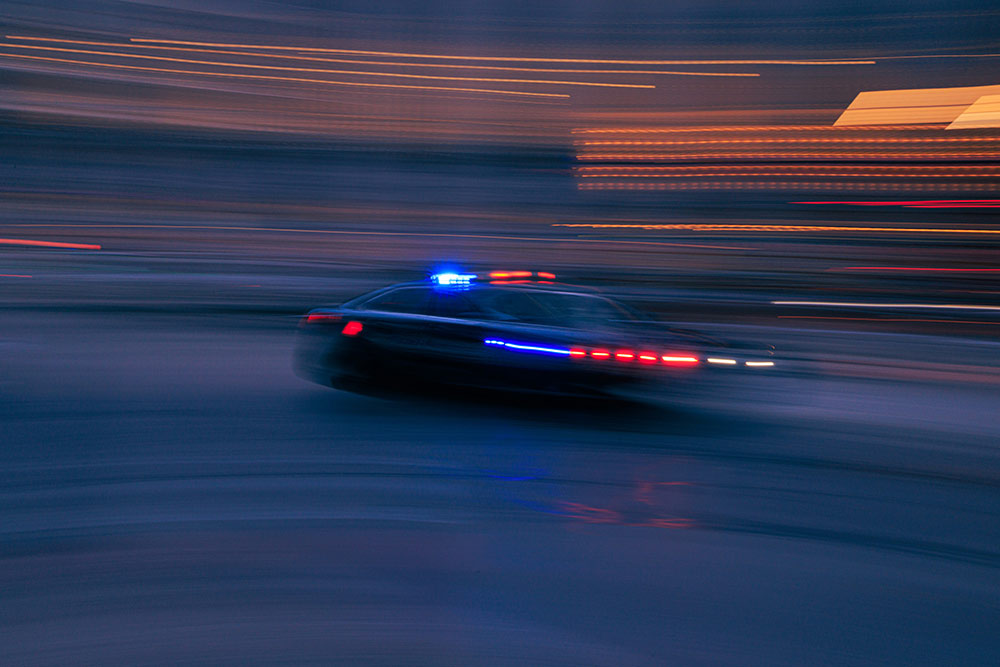NYC Traffic Violations occur every few minutes. Some are due to road conditions, others are due to driver experience, weather, and unforeseen forces. Yet we still willingly break road safety rules when advantageous, or the odds are low we’ll get caught. This blog explores why so many drivers often gamble with safety on the road.
Imagine cruising along a bustling highway. Tensions rise, and so do tempers in the heat of traffic congestion. It’s here that the human psyche unveils its darker side. The surge of adrenaline in a traffic jam isn’t just uncomfortable—it’s a catalyst for the kind of road rage that sees our vehicles as extensions of our body. This isn’t merely about transportation; it’s a primitive, territorial defense. An intrusion isn’t just annoying—it feels like an attack on our personal space.
Then there’s the mask of anonymity—the steering wheel, a curtain behind which one can hide, shedding societal norms and the usual courtesies of face-to-face interaction. This phenomenon, known as ‘de-individuation,’ isn’t just about losing oneself in the crowd; it’s about becoming someone else altogether, someone who might not think twice about flouting the rules of the road.
NYC Traffic Violations: Societal and Behavioral Shifts
Stepping beyond the individual, driving cultures vary wildly across the globe. In some places, aggressive driving is a mark of assertiveness, a badge of honor in the fast lanes of social conduct. This isn’t just about personality but about communal identity—what your driving says about you in the eyes of your peers.
Moreover, habitual behaviors and cognitive biases mean we often see ourselves as better drivers than we are, our vehicles as more capable, and the roads more forgiving than they truly are. This overconfidence, combined with a perception that the real danger is minimal—a speeding ticket here, a warning there—keeps many pushing the pedal down hard.
The Price of Haste: Consequences and Legal Echoes
The fallout from these transgressions is substantial, including fines, points, and the increased risk of physical injuries. But these consequences are often seen as distant, unlikely threats. However, the hammer can come down hard and fast in a city like New York. The city’s strict approach to NYC Traffic Violations aren’t just punitive but educational, serving as harsh reminders of the stakes involved.
NYC Traffic Violations: Education and Enforcement Synergy
Corrective measures need a dual approach: enforcement to keep the immediate dangers in check, and education to cultivate a deeper, lasting respect for road safety. Programs boosting emotional intelligence and managing stress could soothe the psychological triggers of road rage. Meanwhile, instilling a safety culture and mutual respect on the roads might gradually recalibrate societal norms.
The Safe Road Ahead: A Collective Responsibility
The path to safer roads is a shared endeavor. Each decision made by a driver affects not only their safety but also the well-being of everyone else on the road. Recognizing why individuals commit traffic violations is merely the initial step toward improvement. What follows is the conscious choice to adhere daily to those laws, acknowledging the widespread impact of our actions.
This commitment extends beyond dodging fines or avoiding a traffic ticket; it is about actively contributing to a safer, collective journey. With each mile driven responsibly, we pave the way for a safer environment for all road users, one driver at a time.





